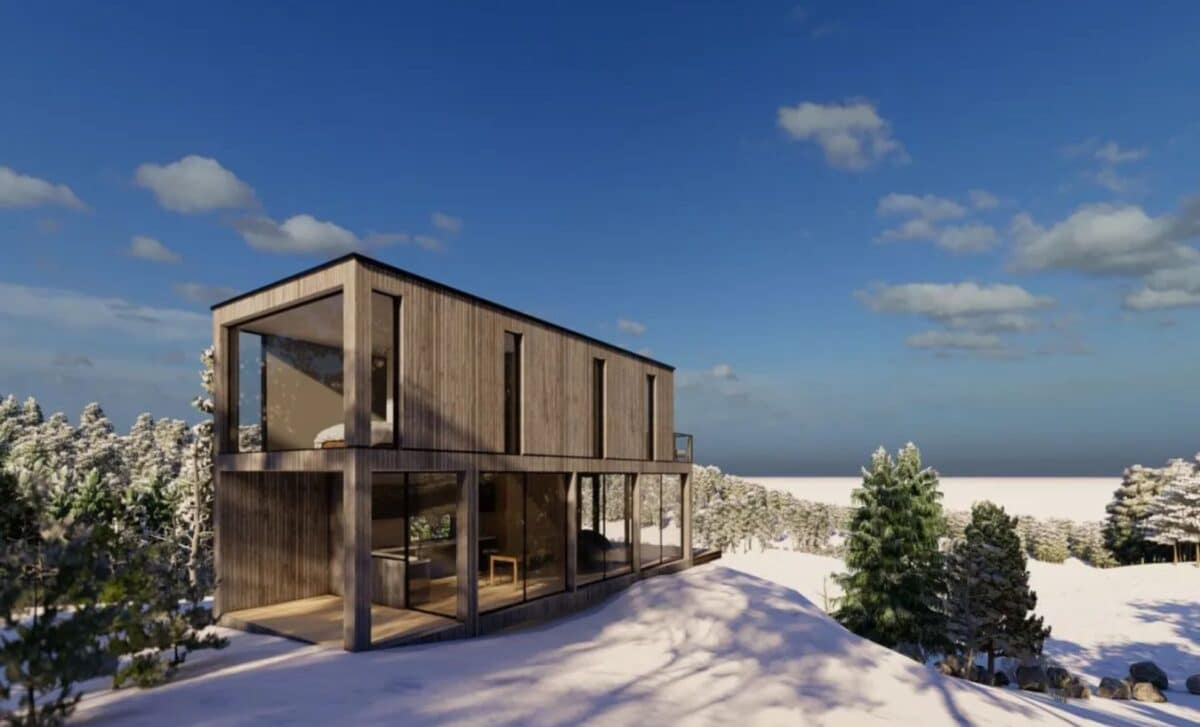Sweden’s innovative approach to housing construction is attracting global attention, with the country leading the way in prefabricated homes. These flat-pack houses, built off-site and assembled quickly, promise a solution to housing shortages around the world.
But could this model, which has proven successful in Sweden, offer a way out of Australia’s own housing crisis? Sweden’s prefabricated homes are being hailed as an answer to the country’s housing woes.
With soaring house prices and limited availability, prefab construction has allowed for faster, cheaper, and more sustainable housing solutions. These homes are not only quick to build but are also tailored to individual needs, overcoming the often-stereotyped image of prefab as low-quality housing.
But as Australia grapples with its own housing challenges, the question remains: can Sweden’s model be adapted to Australian soil?
A Revolution in Construction
According to Swedish architects and builders, the country has long struggled with housing shortages. In response, Sweden embraced prefabrication as a way to speed up the building process while cutting costs. In fact, it’s now common for prefab houses to be assembled on-site in a matter of days.
The method involves constructing parts of a home in a factory and transporting them for final assembly, which not only reduces labour costs but also shortens the time needed to complete a home.
One notable example is the home of Swedish couple Rickard Rundqvist and Mattias Borg, who constructed their 70-square-metre house in just six days. “This is totally custom-made from our drawings,” said Mattias, stressing the fact that prefab houses can still be tailored to specific designs.
Unlike traditional homes, which can take months to build, prefab houses offer a level of flexibility, speed, and cost-effectiveness previously unseen in the housing sector.
Can Australia Replicate Sweden’s Success?
Australia is experiencing a similar housing crisis, with house prices rising and the availability of affordable homes dwindling. In response, the Australian government has begun to show interest in modular and prefabricated housing solutions, pledging nearly $50 million to support the development of modular homes.
Despite this, experts argue that the widespread adoption of prefab homes in Australia could take time. Professor Mathew Aitchison of Monash University, who is researching ways to improve housing construction in Australia, believes that while prefab housing is a promising solution, there are several hurdles to overcome.
“We don’t have the same history and culture of manufacturing that the Swedes do,” Aitchison explained.
Furthermore, the Australian banking system isn’t yet set up to support off-site construction projects, and the building regulations may need to be adjusted to accommodate this new method.
Despite these challenges, Aitchison remains optimistic. “There is a lot of interest in [prefab] in Australia at the moment and that’s coming from industry and government. There are many lessons we can learn from Sweden, and I think the future of construction is a future of industrialisation.” he said, noting that smaller factories specialising in components like bathroom pods are already taking off.
While the large-scale prefab factories of Sweden may not be suitable for Australia in the immediate future, smaller, more targeted initiatives could still help to ease the nation’s housing crisis.









